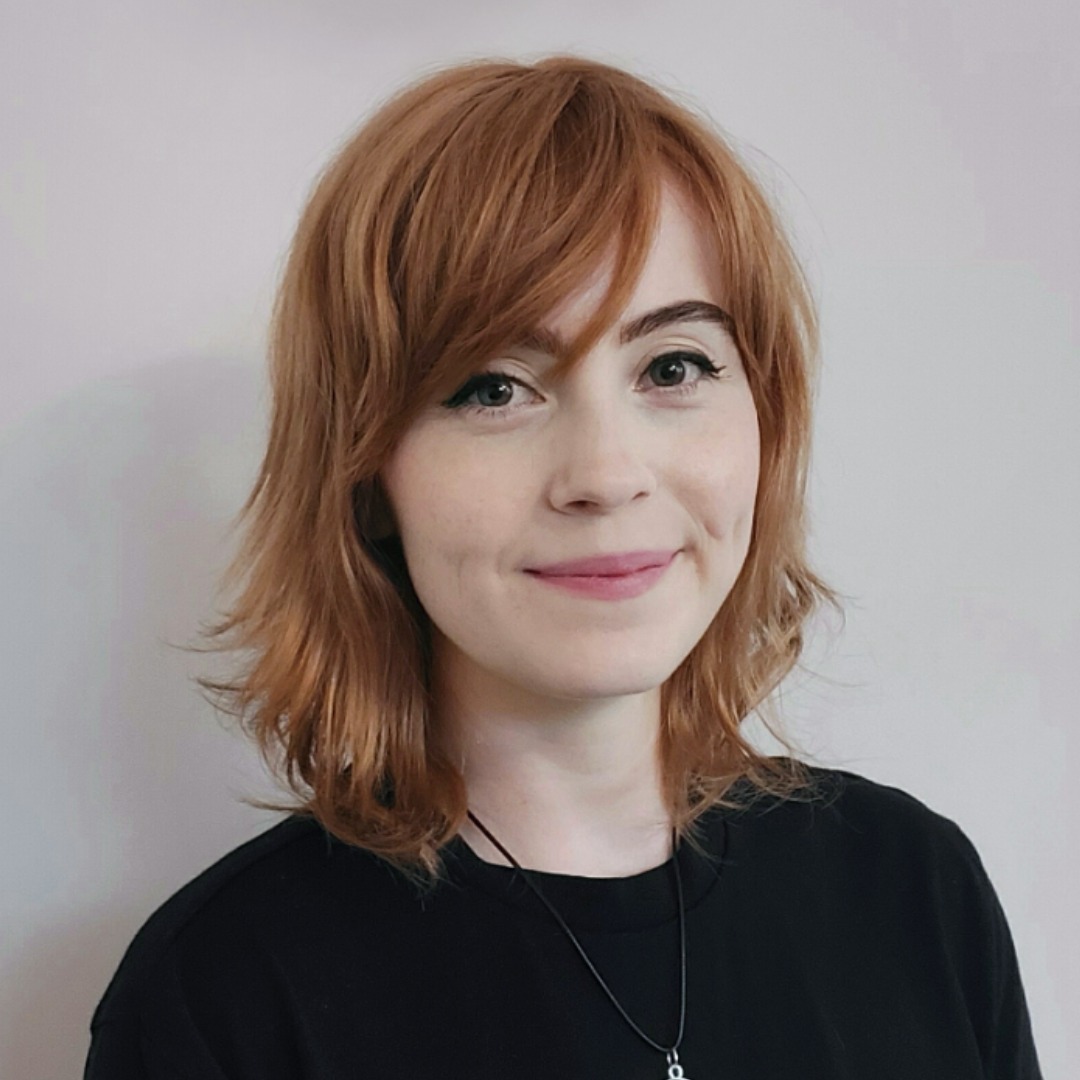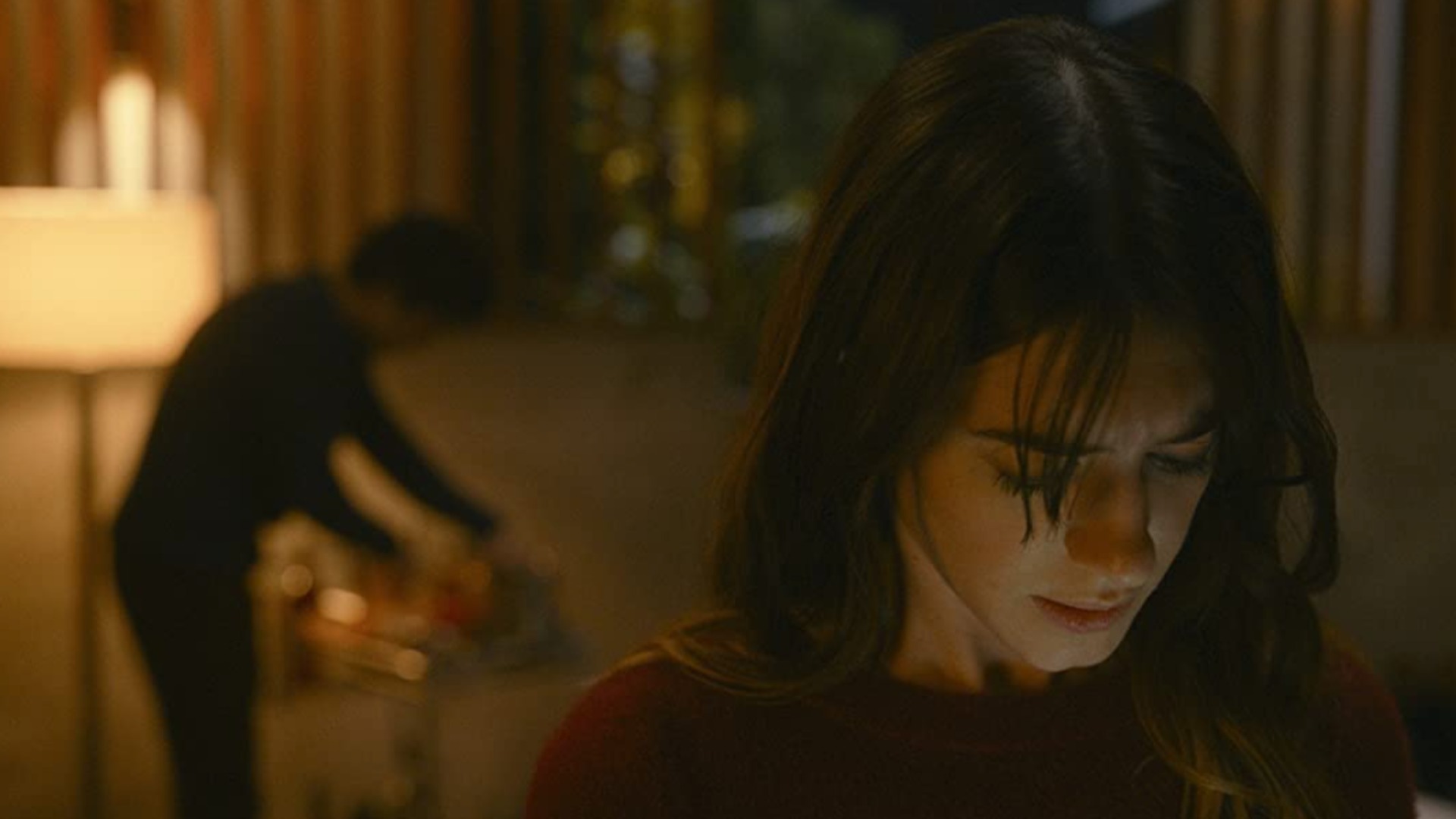
In our dating app-dominated world, we often find ourselves wishing we had crossed paths with a potential partner in person. However, Fresh, the new tongue-in-cheek thriller starring Normal People's Daisy Edgar-Jones and Marvel's Sebastian Stan, takes the romanticized idea of a meet-cute and turns it into a nightmare.
Tired of spending her evenings with douchebags she has linked with online, the movie sees Noa (Edgar-Jones) throw caution to the wind, and agree to go on a trip with Steve (Stan), the charming doctor she exchanged numbers with in a grocery store just a few days before. Just as their "weekend away" is about to begin, though, Steve reveals his unusual eating habits and his terrible true intentions with her. This isn't a love story – it's a battle for survival.
Sitting down with Total Film ahead of the film's UK release on Disney Plus, director Mimi Cave opened up about the challenges of balancing humor and horror in her feature-length debut, those super late opening credits, why Stan and Edgar-Jones were the perfect leads, and how she got around not using too much gore...
How did you get involved in the project, and what was it about the script that made you go keen to direct?
Cave: The writer [Lauryn Kahn] and I have some mutual friends, and I basically just received the script through my reps. I read it and had a big reaction to it, in terms of like, not being sure if I wanted to put myself up for it or not. It felt like a risk to direct a film like this, and I wasn't sure if I was going to get the job. But I felt like there was just something there that really grabbed on to me and made me feel like, 'If this was done in the way that I want to do it, it could be really interesting'. So, I came onto it in that way and got really lucky, and worked with people and producers who allowed me to kind of take charge and do what I felt was necessary for the film.
When you say you thought it was a risk, were you worried about nailing it tonally because, with this film, it must have been tricky in that regard?
Cave: Yeah, totally. I felt like if I didn't nail it tonally, it could have a really negative outcome and, you know, your first feature is always your first feature. That doesn't go away. So I felt like the only way it was going to work is if I could nail the tone and that was going to be a challenge, which was also why I was interested in it. When something interests you but also really scares you, it probably means you should do it.
Sign up for the Total Film Newsletter
Bringing all the latest movie news, features, and reviews to your inbox
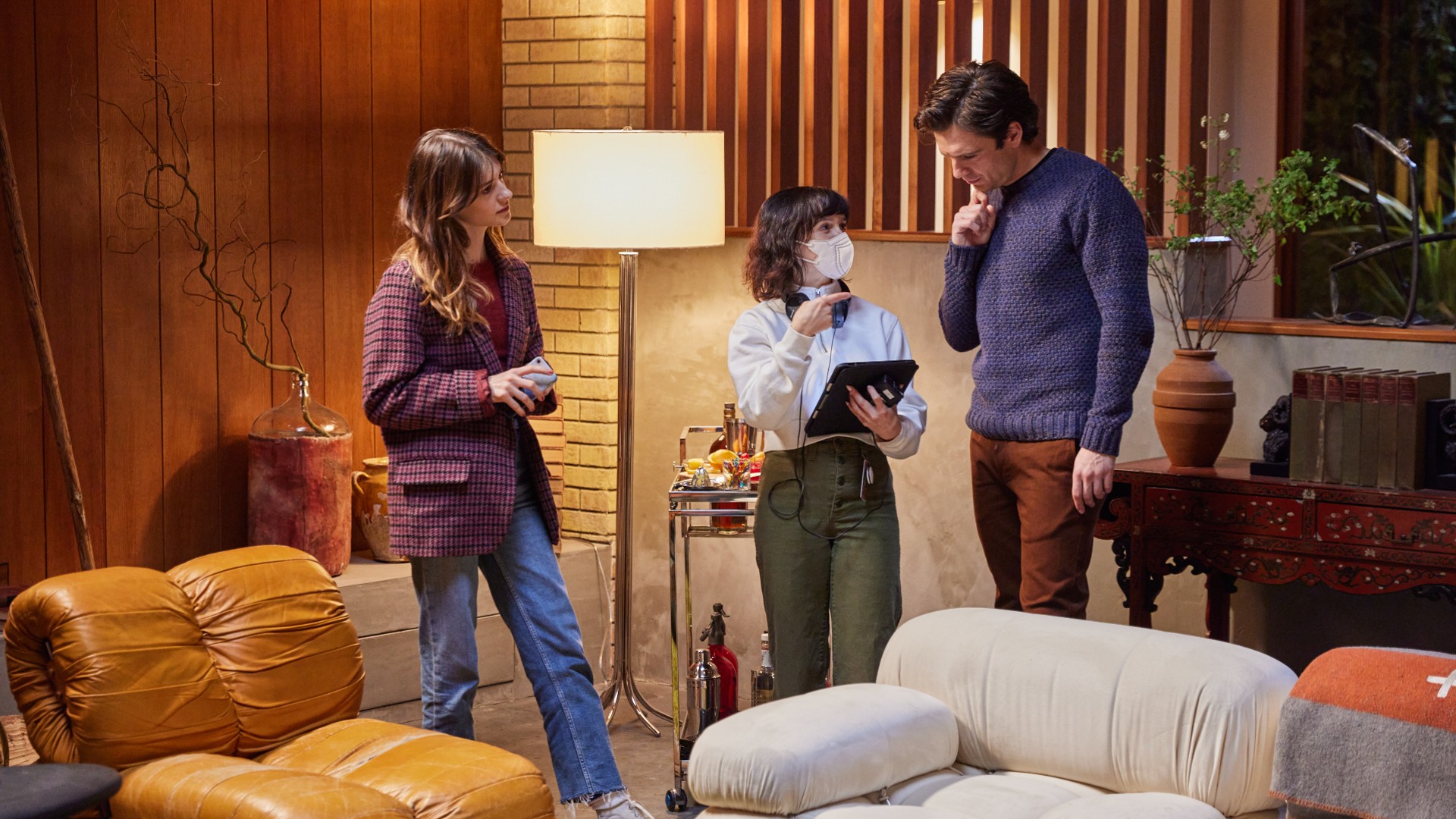
Early on in the film, I was freaking out. I was like, "I don't know what to come!" My imagination was getting the better of me. You don't end up seeing a whole lot in terms of gore. Why was it important not to show too much?
Cave: A couple of reasons. The main one was that I wasn't interested in seeing women getting cut up on screen. I feel like there's enough violence towards women in the world that I don't need to continue to show those images.
I didn't need to be too expository in my approach. If you're made aware of what's happening, it's scarier to think about it than to see it. There is a certain level of, once you see a certain concept on screen, you can't take it back. So if you show too much, there's no build. You have to show a tiny bit in order to really commit to commit to the concept. Audiences are smart and you can tap into deeper things they're experiencing and you don't have to shove gory imagery in their face.
A lot of publications call the film "gruesome", but that doesn't maybe check out when you watch it.
Cave: I've had a few people say that in interviews, and I've sort of replied, "Well, what parts do you think were gruesome?" and I think what they realize is that the food is the goriest part – and I did that intentionally. It's not gory at all really, it's just gory in context to the story.
It's unfortunate that it won't be shown in theatres because the sound design we did for that space is really even more, kind of like, surrounding you. We play the sounds of the eating up so high that it's sometimes the only thing that's happening in the scene, and that can get lost when you're watching it on TV just because certain levels aren't able to be picked up. For me, that was a way to have an aspect of horror without showing violence. That's not to say there's no violence in this movie, there's quite a bit, but I don't think it's in the moments you think it's going to be in.
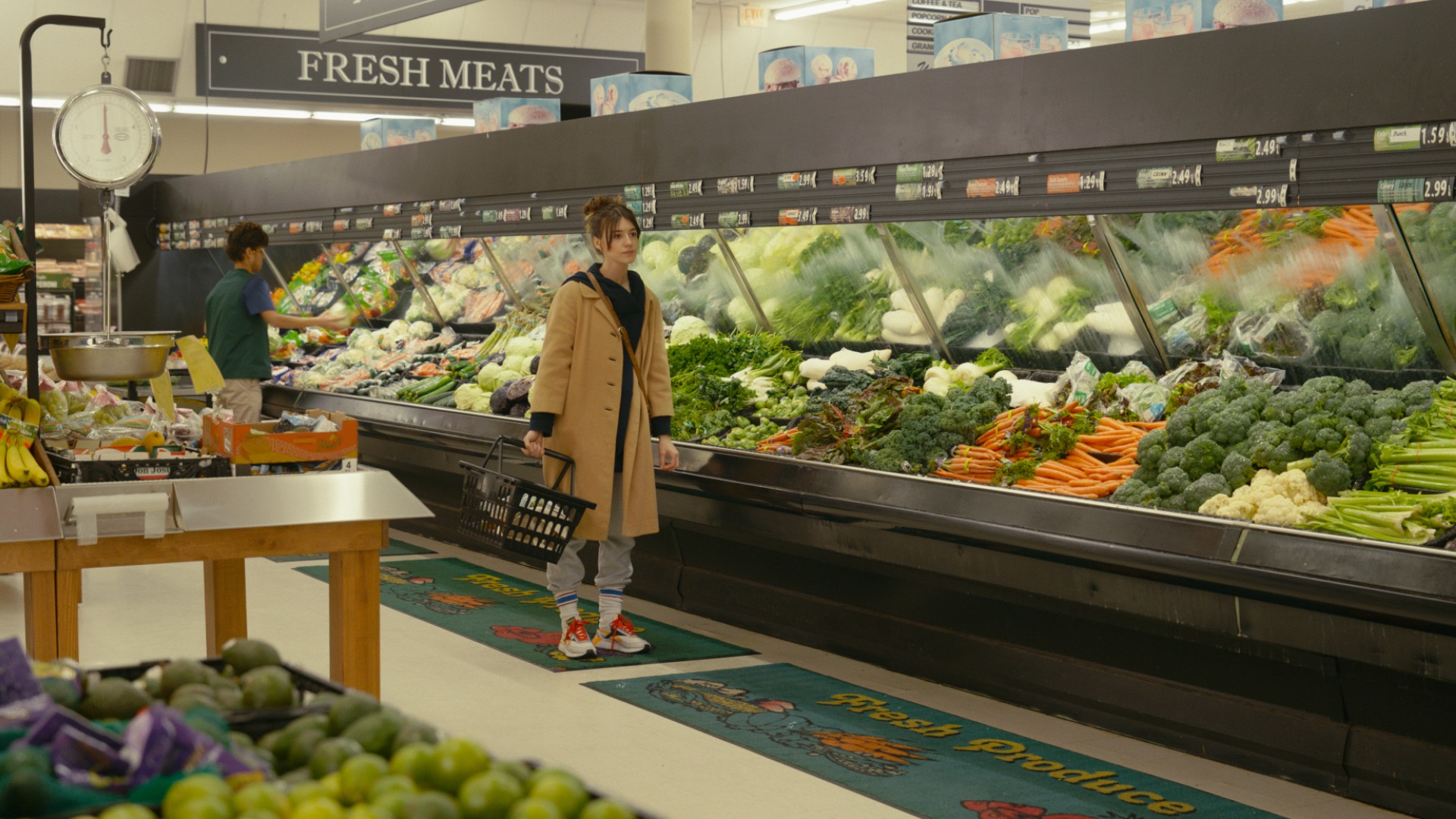
Tons of stuff [was cut during filming]. Lauryn, the writer, will even say that the script was written in order to shock the reader. A lot of the things that play on page don't play on screen. I took out a lot of graphic scenes. The scenes are there, but I'm not showing anything that's written on the page. There was a lot of that. We were rewriting a lot and we were revising a lot, and pulling out a lot of stuff.
One of the things that got under my skin the most was when Noa realises there are other girls in the house, and she's speaking to them through the wall. My mind was just going crazy thinking, "Well when, or if, we see these girls, what are they going to look like?' It's really effective.
Cave: My hope is that people get different reactions from different scenes, and I'm glad that you felt that way. Those were difficult to shoot because we were only showing one side of the conversation. But again, it was another way for me to control the way the audience is feeling because it's playing to their imagination. The more we can do, as storytellers, to almost ask for the viewers' involvement, the richer the experience.
Since Fresh was released in the US, there's been a lot of chatter online about the opening credits coming in at the 33-minute mark. Did you expect people to talk about that, and why was that the perfect place for them?
Cave: I'm glad people are talking about it. It's really nice and generous that people are talking about filmmaking so much as you don't get to see that that often. So yeah, I did want people to notice it.
I put it there because the editor and I were very keen on delineating between the first act of the film and then telling the audience, "You're going to watch a different movie now." The title sequence being there makes that moment hit a little harder, but it also allowed for us to start to change our visual language. The way the movie is shot after that is slightly different; the way the lights are treated, the way that the color is treated, we are way more freeform with the camera and the angles.
It's still the same movie, you feel like you're in the world, but it amps it up so much. That little bit of time reading the titles lets people prepare themselves for what's next. I'm glad that people are responding to it.
Before the opening credits, Steve is in a normal round-neck T-shirt, and then when it cuts back to the action, he's wearing a roll neck jumper. It's such a creepy dude-looking outfit.
Cave: We knew that we could only do a turtleneck in one scene because it's such a creepy look, especially with someone who has a really defined jawline (laughs). I think that there's just some sort of, like, strange element to it in certain situations where you're like, 'Why are you wearing a turtleneck?!' You know, like, just it's just a funny thing. For that scene, it just played right and we felt like we could amp up his psychotic presentation in that moment.
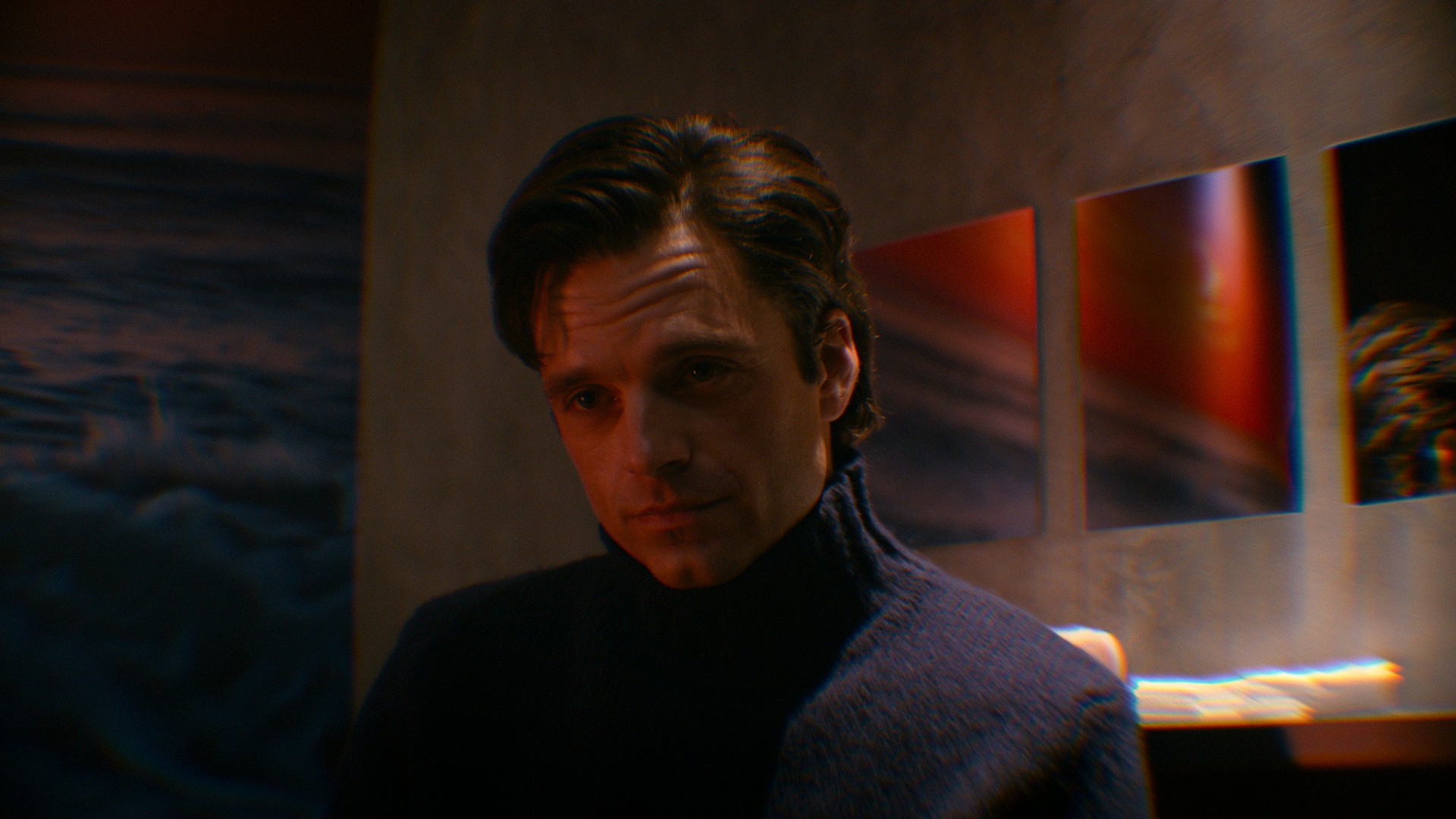
Fresh heavily relies on Daisy and Sebastian's performances. What made each of them the perfect people for these roles?
Cave: They're both are just committed to doing the work to make things right. They both had that same level of commitment to Fresh and to the characters, and a shared interest in helping me get the tone correct. Also, just individually, they both offer so much in terms of just their range, because this movie has a lot of genres in it and has a lot of different sides of the characters. Each of them goes to pretty extreme places within the movie, and so I needed actors that were going to really go for it.
The film features a few dance sequences. There's one at the beginning, then there's one with Steve in the kitchen by himself. Then, of course, one at the end. What do you hope each gets across to the viewer, and did your experience directing music videos help with those scenes at all?
Cave: Yeah, absolutely. I think that scene with Steve alone, we would always call it our music video scene because it is quite different. But I like that, within the bigger picture of the movie, it's sort of like a dance break which is kind of funny and odd. I think we all really responded to it and were excited to shoot it.
In terms of the dancing with the two of them, it's definitely a bookending of sorts of their romance, where the second allows you to reconnect with them in the end the way that you did in the beginning. You see them again in that same way and it confuses your expectations of what's about to happen. Also, dance is just a really cool way to communicate a scene without having words, and to tell a story through body language. That's a really fun thing to do that I wish people did more of.
Fresh will be released on Disney Plus on Friday, March 18, in the UK. It is available to stream now on Hulu in the US. While we wait for it to come out across the pond, why not check out our list of the best movies to watch on Disney Plus right now.
I am an Entertainment Writer here at GamesRadar+, covering all things TV and film across our Total Film and SFX sections. Elsewhere, my words have been published by the likes of Digital Spy, SciFiNow, PinkNews, FANDOM, Radio Times, and Total Film magazine.
